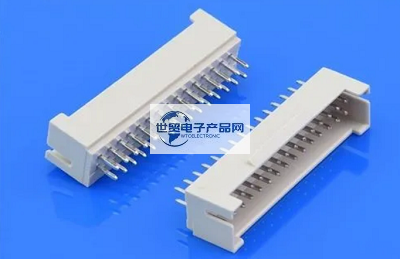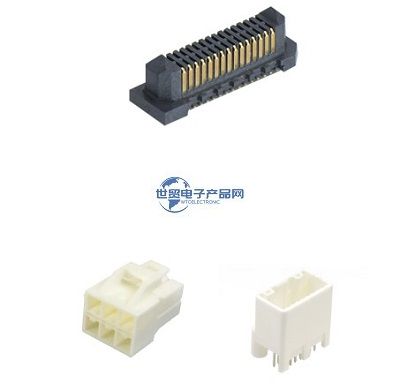Categorization:Product Information
The electronic system may communicate between different electronic devices through an interconnect. To ensure proper operation of electronic devices, signal transmission and power distribution require multiple interconnects. Electrical connectors are divided into three categories based on the terminal application: board-to-board connectors, wire-to-wire connectors, and wire-to-board connectors. Now let's learn about these three connectors.
1. Board-to-board connectors The board-to-board connectors are used to connect PCBs without wiring harnesses. Board-to-board connectors save space needed for wiring harnesses and are suitable for systems where space is limited. PCBs can be connected using connectors configured in parallel or vertically. In the stacked configuration, the connector that connects the two PCBs is called a mezzanine connector. However, the term is sometimes used to describe vertical or parallel PCB placement. It is usually the parallel placement of circuit board daughter boards. Specifications to consider when selecting a mezzanine connector include mechanical requirements (such as detachability, stack height and tolerance), auxiliary structures (such as position posts, brackets or chassis slots), and mounting type. Detachability depends on a number of factors, including whether the connector is detachable or permanently connected, service life, number of plugs, maximum and minimum insertion force required, operating temperature and humidity. The connectors of the backplane system must provide good impedance matching and shielding. The connector must also be able to withstand multiple insertion and removal loops on the board. 2. Wire-to-wire connector As the name implies, a wire-to-wire connector connects two wires. One end of the connector is permanently connected to the wire. The other end of the connector forms a separable interface. The permanent connection may use crimp or insulation displacement contact (IDC). The IDC method establishes a connection by inserting an insulated wire into a metal terminal. The sharp corners of the terminals cut off the insulation, allowing the wire metal to contact the terminals. For discrete wiring, an extrusion process is typically used. However, for multi-conductor terminals, IDC is typically used. This is because IDC has advantages in wire handling and end product control. Wire-to-wire connectors come in a variety of profiles, including rectangular, round, etc. 3. Wire-to-board connectors A wire-to-board connector is a connector that connects a cable to a PCB. Circuit board connections use extrusion or solder connectors in most cases. Matching interfaces for detachable connections are usually from the same series of wire-to-wire connectors. There are many applications for wire-to-board connectors, but wire-to-board connectors or cable assemblies using IDC are still mainstream.

---------------------------------------------------------------------------------------------------------------------------------------------------------------------------------------------------------------------------------------------------------------------------------------------------------- If you have related [connector wiring harness and cable products] purchasing/purchasing needs or want to purchase/understand which connector wiring harness and cable product solutions we can provide, please contact our business staff below; If you have related [Connector Wiring Harness Cable Products] sales/resources and promotion needs, please click "→ Business Cooperation ←" to negotiate with a dedicated person!